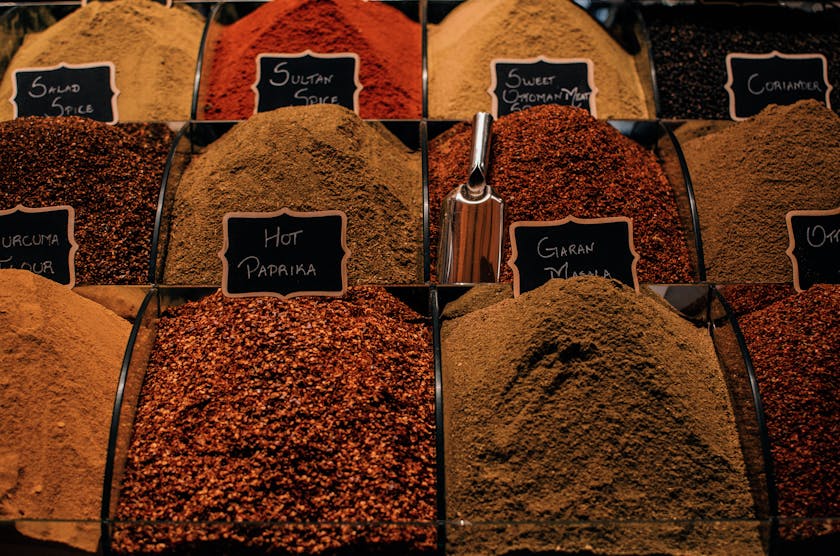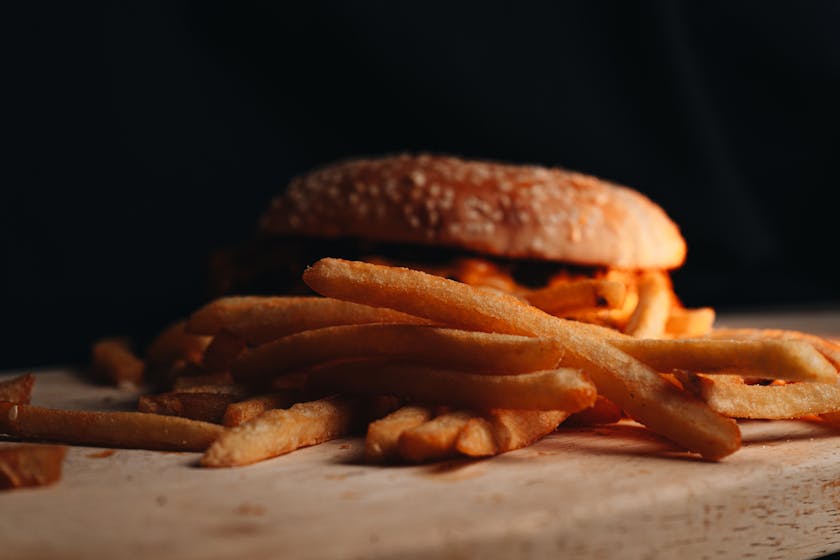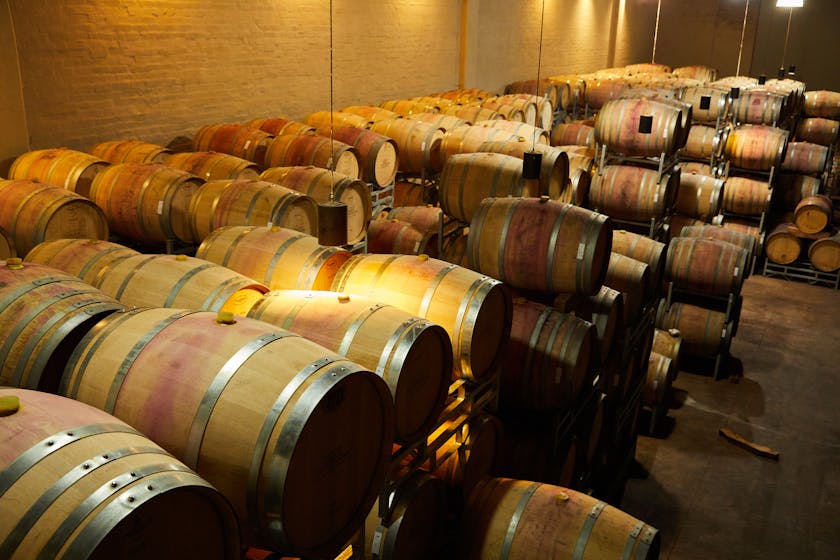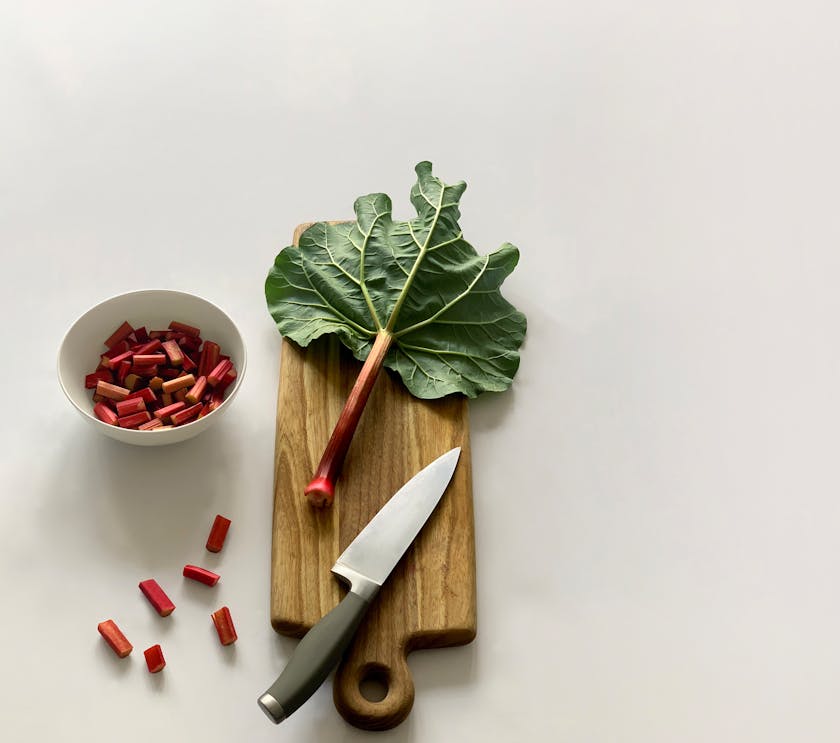When it comes to once-a-month cooking, mastering the art of long-term meal storage is essential to make the most of your efforts. By following a few key tips, you can ensure that your meals remain delicious and nutritious for weeks, or even months, after preparation. This guide will walk you through the various aspects of safely and effectively storing your once-a-month cooking masterpieces.
Understanding the Basics of Long-Term Meal Storage
Freezing Is Your Friend
One of the most reliable methods for long-term meal storage is freezing. It halts the growth of bacteria and preserves the quality of your food. To freeze meals properly, let your cooked dishes cool completely before transferring them to airtight, freezer-safe containers or bags. Be sure to label each container with the content and date to keep track of your inventory.
Choose the Right Containers
Selecting the appropriate storage containers is crucial for maintaining the integrity of your food. Opt for glass containers with tight-fitting lids or heavy-duty freezer bags designed to withstand low temperatures. Avoid containers that are prone to cracking or that don’t seal properly, as this can lead to freezer burn.
Prevent Freezer Burn
Freezer burn occurs when air reaches the food’s surface, leading to dehydration and oxidation. To combat this, remove as much air as possible from freezer bags, and ensure containers are sealed tightly. Wrapping items in aluminum foil or plastic wrap before placing them in the container can provide an additional barrier against air.
Organize Your Freezer
Organization is key for long-term meal storage. Group similar items together and keep a written or digital inventory to help locate meals quickly. This practice also helps to rotate stock, ensuring that older meals are consumed first. Be mindful of your freezer’s temperature, which should be set at 0°F (-18°C) or lower for optimal food preservation.
Thawing and Reheating Your Once-a-Month Cooking Meals
When you’re ready to enjoy your stored meals, proper thawing and reheating are as important as the initial storage process. Plan ahead and transfer your meal from the freezer to the refrigerator 24 hours before you intend to eat it. This slow thawing method helps maintain the meal’s quality and prevents bacterial growth.
For reheating, use the oven, stovetop, or microwave, depending on the dish. Always ensure that food reaches an internal temperature of 165°F (74°C) to guarantee safety. Some meals can be reheated directly from the freezer, but be sure to adjust cooking times accordingly.
Maximize Shelf Life with Vacuum Sealing
Vacuum sealing is an advanced technique for long-term meal storage that can significantly extend the shelf life of your food. By removing the air from the storage bag, vacuum sealing prevents freezer burn and maintains the flavor and texture of your meals. Though it requires an initial investment in a vacuum sealer, the benefits are well worth it for once-a-month cooking enthusiasts.
Monitor and Maintain
Finally, regularly check your stored meals for any signs of spoilage or freezer burn. While frozen food can remain safe indefinitely at 0°F, quality can deteriorate over time. For best results, consume cooked meals within three months of freezing.
With these long-term meal storage tips, you can embark on your once-a-month cooking journey with confidence, knowing that your efforts will yield delicious, safe, and convenient meals for weeks to come.



